Occurrence & cultivation of the hay flower

From summer onwards, the harvest takes place on organically managed meadows. After mowing the meadows and drying the plants, the harvest is cleaned of coarse stems, dust, earth and sand by sieving. The hay flowers obtained in this way, which are mainly the small flower components of the hay and thus a by-product of the hay harvest, are used for therapeutic purposes in naturopathy.
Effect & application
Pastor Sebastian Kneipp discovered the medicinal properties of hay flowers. The hay flowers contain numerous natural active ingredients. In addition to other plant substances, there are flavonoids, tannins, essential oils, coumarin and furanocoumarins. Depending on the composition of the hay flowers, the ingredients vary in their content.
Hay flowers, which are rich in certain types of clover, contain a particularly high amount of coumarin. The flavonoids have antioxidant and anti-inflammatory properties. They can also act against various viruses and other microorganisms. The tannins also have an anti-inflammatory effect and counteract the growth of bacteria and fungi. They also have a drying and hemostatic effect. Coumarin intervenes in the vitamin K metabolism and inhibits blood clotting.
Coumarin is also responsible for the typical scent of fresh hay. Furanocoumarins kill microorganisms. The essential oil contained in hay flowers promotes blood circulation and has an anti-inflammatory effect. For external use of the medicinal plants, about 500 grams of dried hay flowers are poured over three to four liters of boiling water and left to steep for 15 to 30 minutes.
The resulting brew can be used as a pad or wrap as well as a bath additive. When using in a full bath, a bath time of 15 minutes should not be exceeded and then rest should be kept. Essential oils obtained from hay blossoms are also suitable as bath additives. Sacks of hay flowers can be used as a compress. For this purpose, a fabric bag is filled with hay flowers, tied and poured with boiling water.
After 15 minutes the sachet is squeezed out and cooled down until it has reached just over 40 degrees Celsius. Wrapped in a cloth, it can now be placed on the area to be treated. This can be repeated once or twice a day. Some of the active ingredients of the hay flower get through the skin and into the blood. Ready-made compresses, bath products and lotions with hay flowers are also available in stores.
Hay flowers can also be drunk as tea. For this purpose, a tablespoon of dried hay flowers is poured over with boiling water and is ready to serve after five minutes. An inhalation with a brew of hay flowers for ten minutes is also possible. The hay flowers should only be used for one application, stored in a dry place and not longer than a year, otherwise the active ingredients will be lost.
Importance for health, treatment & prevention
The healing power of the hay flowers is used externally and internally for various ailments in naturopathy. They are used especially for external use in the form of compresses, wraps or baths. If the muscles are cramped, they are supposed to have a relaxing effect, they increase blood circulation, are used to relieve pain and to calm down.
In addition to strengthening the immune system and the use of hay flowers for colds, coughs and fever, they are valued as a local heat therapy for rheumatic complaints including joint wear (osteoarthritis) and muscle pain (myalgia). They are also used for menopausal symptoms, menstrual pain, vegetative dystonia, skin problems or problems with the kidney or bladder.
In the case of lumbago, complaints with the sciatica or stomach and intestinal cramps, applying warm hay flower compresses can be good and have an antispasmodic effect. During pregnancy, hay flowers can be used for seated steam baths to loosen the pelvic floor before giving birth and thus prevent perineal rupture during a natural birth. Hay flowers can also help with stress, tiredness and exhaustion.
A hay flower foot bath helps against tired feet, for example after a long hike. A pillow filled with hay flowers can help if you have trouble falling asleep. In the case of open injuries, external applications with hay flowers should be avoided. It is also not advisable to use it in the event of acute inflammation or acute rheumatic attacks. Hot full baths are not recommended for people with high blood pressure.
Allergy sufferers, especially those with a pollen allergy to grasses, should also be careful with the use of hay blossoms and, if necessary, check the tolerance. There is no scientific evidence for the effects of hay flowers. Therefore, they are primarily used in folk medicine. Hay flowers have only found their way into conventional medicine for local heat therapy for rheumatic complaints.

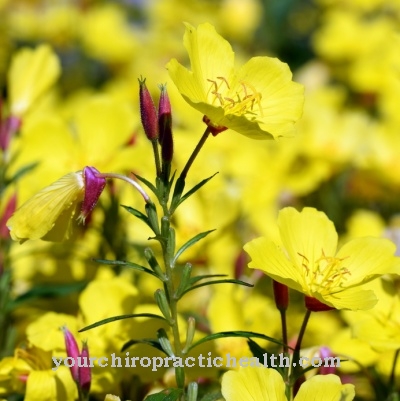
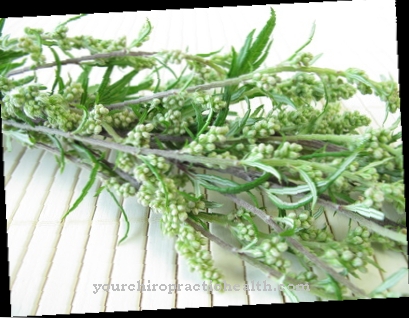

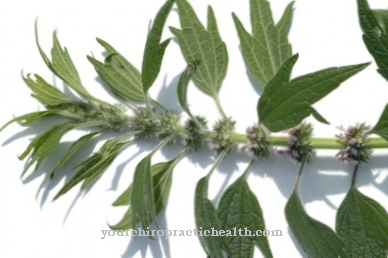
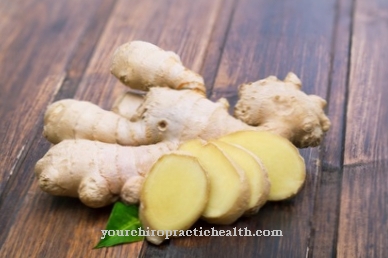
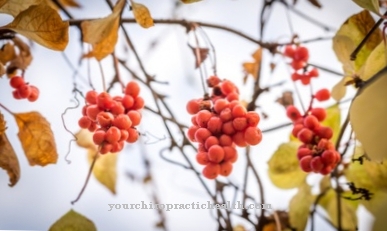

















.jpg)



